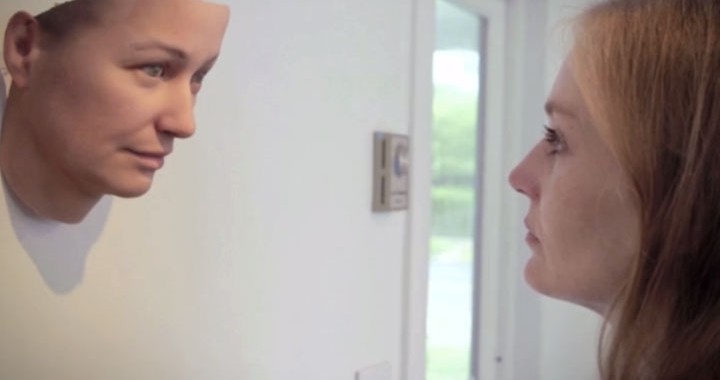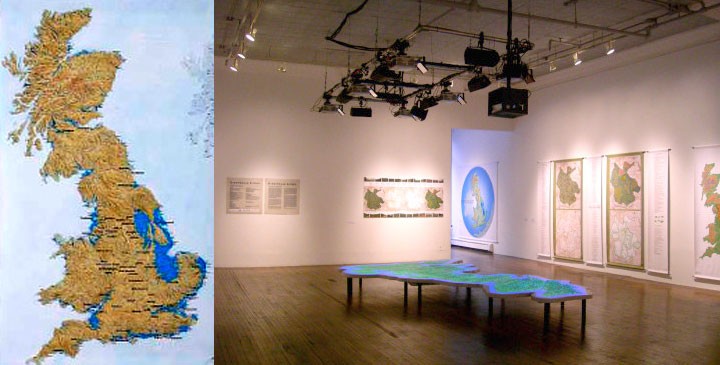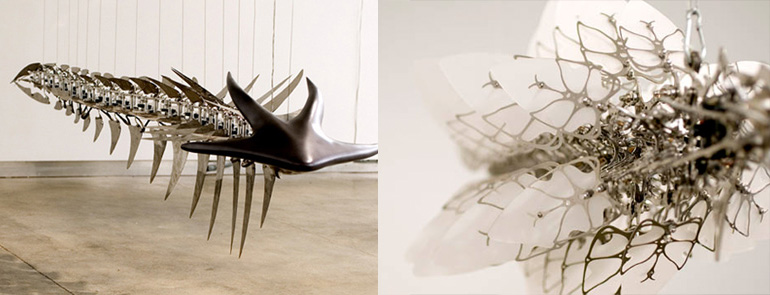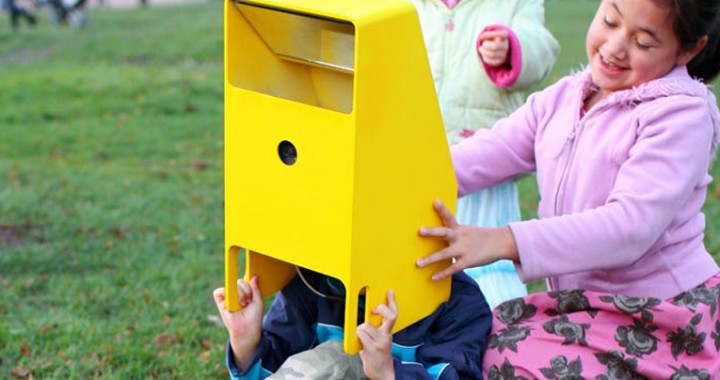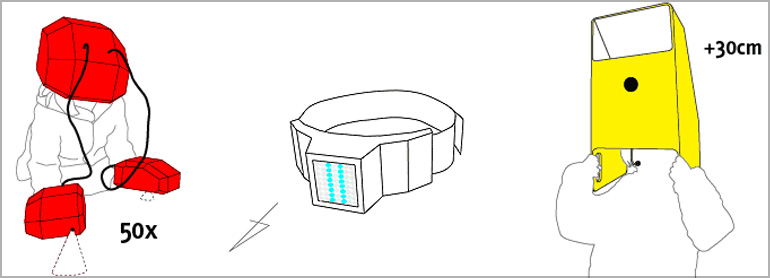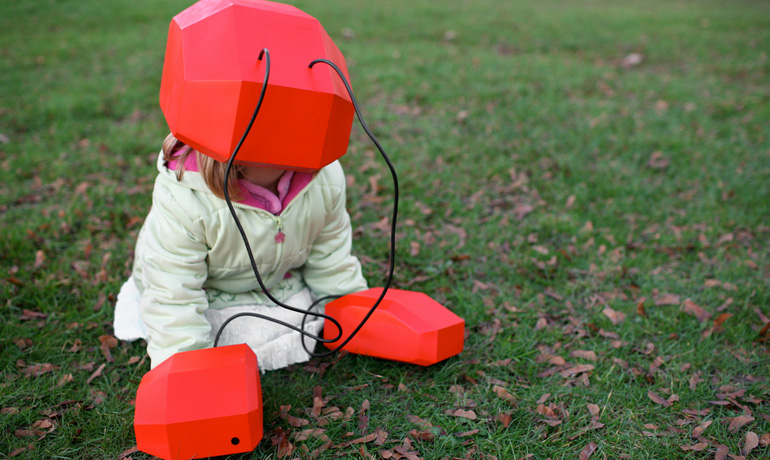Maes amplifies our sense of the environment by integrating human structures with natural systems.
Urban Corridors, 2011
To track the flight patterns and health of bee colonies, Maes installs sensors in a cluster of city gardens. The gardens not only record animal behavior but also create an urban green corridor that benefits bees and other animals.

“Ecological corridors rely partly on methods of urban agriculture, guerilla gardening, ecological management and social anthropology. Corridors can also make good use of avant-garde technologies, so that such projects become experiments on the edges of art, science and technology: embedded systems, novel sensors, low energy computing and sensor networks are useful for monitoring soil quality, plant growth processes, animal activity, pollution and the movement and interaction of people within the local environment.”1
The Peephole, Dancing Bees, 2014
Viewers look through a peephole to watch sped up imagery of a bee colony. The footage records ten months of the colony’s day-to-day interactions.

Invisible Garden, 2014
Maes builds a garden inside an old textile factory. The garden has four zones: “the naturalistic mediterranean garden, with olive trees and grasses; the edible forest garden, with bee-friendly trees, shrubs and ground cover; the vegetable garden with perennial and annual plants; and the herb garden with medicinal plants designed to support the health of bees.”
Maes aims to create a garden that appeals to humans and bees. She combines different plant species to support a complex, indoor ecosystem. She also distributes “poetic memories” throughout the garden — monitors play images and sounds inspired by natural structures.

See Maes’ website.
1 AnneMarie Maes, annemariemaes.net/projects/the-urban-corridors-project/
